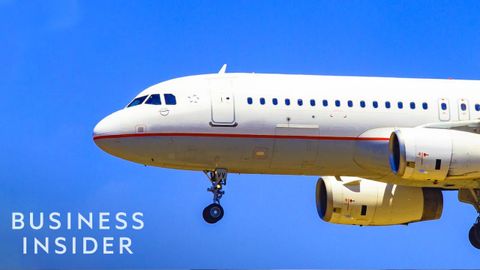
字幕與單字
有機會當空中飛人了!?機票變得愈來愈便宜原因是? (Why Air Travel Is So Cheap)
00
Fibby 發佈於 2019 年 11 月 19 日收藏
影片單字
average
US /ˈævərɪdʒ, ˈævrɪdʒ/
・
UK /'ævərɪdʒ/
- n. (c./u.)平均
- v.t.算出...的平均數
- adj.平均的;一般的,通常的;中等的
A2 初級多益中級英檢
更多 使用能量
解鎖所有單字
解鎖發音、解釋及篩選功能

US /ˈævərɪdʒ, ˈævrɪdʒ/
・
UK /'ævərɪdʒ/